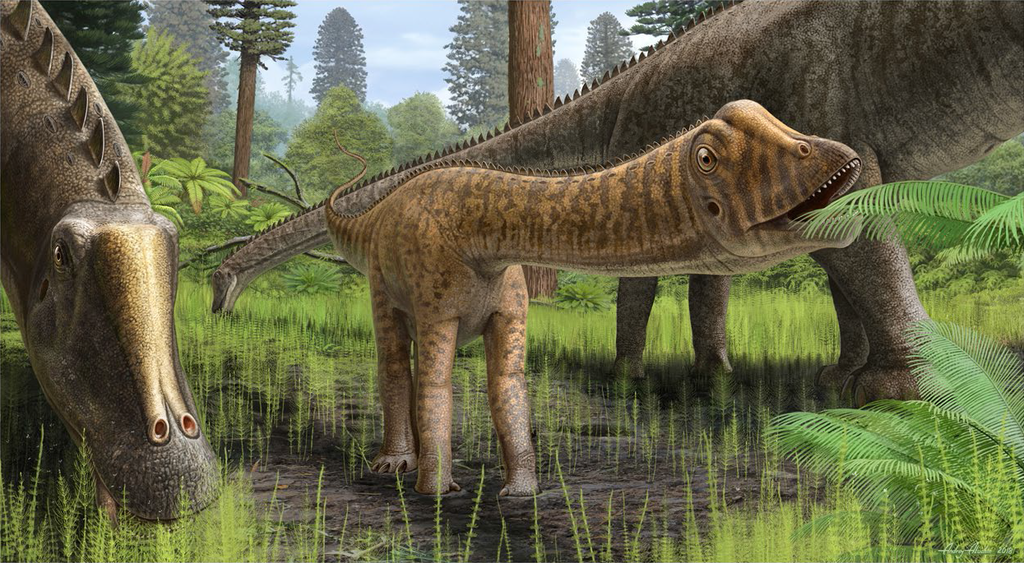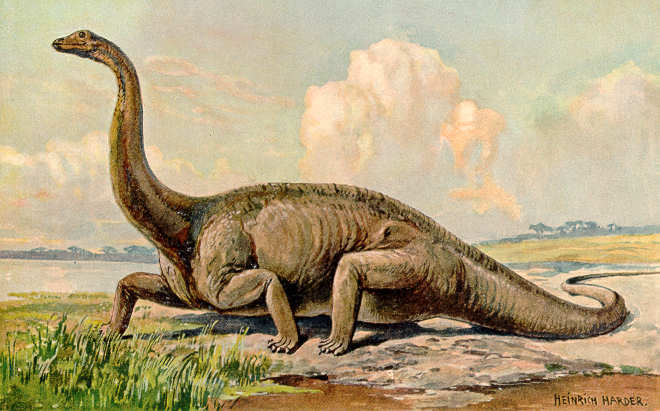The fossilized remains of dinosaurs have long captivated our imagination, offering glimpses into a world that existed millions of years ago. While bones and teeth provide substantial information about these prehistoric creatures, there’s another, often overlooked feature that yields remarkable insights: the inner ear. This small but sophisticated structure, responsible for balance and spatial orientation, has become a powerful tool for paleontologists seeking to understand how dinosaurs moved through their environment. Recent advances in imaging technology have allowed scientists to examine these delicate structures without damaging precious fossils, revealing surprising connections between ear anatomy, locomotive abilities, and even predatory behaviors. The size and configuration of a dinosaur’s inner ear can tell us whether it was a nimble sprinter, a lumbering giant, or something in between – offering a window into the dynamic lives of creatures that vanished from Earth 66 million years ago.
The Anatomy of the Inner Ear in Vertebrates
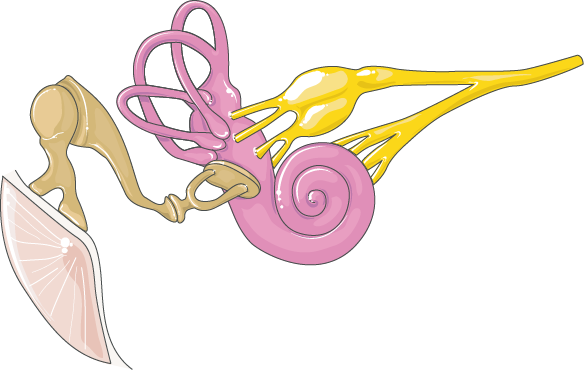
The inner ear is a complex sensory organ that exists in all vertebrates, including humans, modern birds, and extinct dinosaurs. Its primary components include the cochlea (responsible for hearing) and the vestibular system, which consists of three semicircular canals and the otolith organs. These semicircular canals are fluid-filled tubes arranged in three planes perpendicular to each other, allowing animals to sense rotational movements of the head in three-dimensional space. The size and shape of these canals directly correlate with how an animal moves through its environment, as they provide critical feedback about balance, acceleration, and spatial orientation. In dinosaurs, these structures were encased in the petrosal bone of the skull, which often fossilizes well enough to preserve the negative space where the soft tissues of the inner ear once resided. These preserved spaces, called endocasts, allow paleontologists to reconstruct the inner ear anatomy with remarkable precision using CT scanning technology.
How Scientists Study Dinosaur Inner Ears

Studying the inner ear structures of extinct animals presents unique challenges that modern paleontologists overcome through advanced technology. Computed tomography (CT) scanning has revolutionized this field by allowing researchers to peer inside fossil skulls without damaging these irreplaceable specimens. The dense bone surrounding the inner ear creates natural contrast in CT images, making it possible to digitally extract and measure the semicircular canals with micrometer precision. After scanning, specialized software is used to create three-dimensional models of the inner ear labyrinth, a structure called the bony labyrinth or “osseous labyrinth.” These digital models can then be measured, compared, and analyzed statistically across different species. Some researchers also use synchrotron radiation, which provides even higher-resolution images for particularly small or delicate specimens. This non-destructive approach has allowed scientists to examine hundreds of specimens, creating a substantial database of inner ear morphology across the dinosaur family tree.
The Floccular Lobe: A Key Indicator of Agility
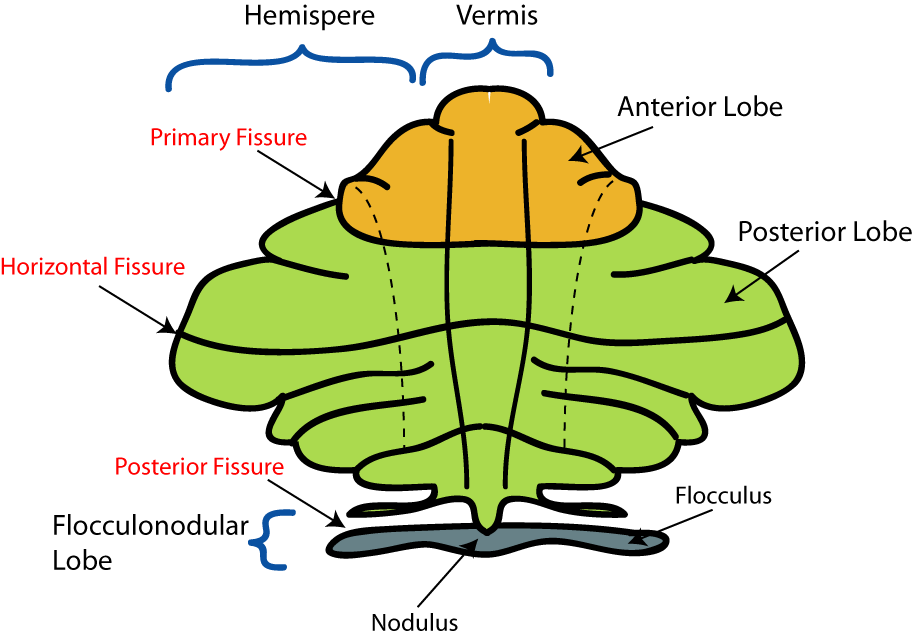
Adjacent to the semicircular canals lies an important structure called the floccular lobe, a part of the cerebellum that extends into a cavity within the inner ear region. The size of this floccular lobe recess in dinosaur skull fossils has proven to be an illuminating feature for paleontologists. This brain region processes signals from the vestibular system and eyes, coordinating head and eye movements to maintain visual focus during complex motions. Dinosaurs with particularly large floccular lobes, such as many small theropods, likely possessed enhanced capabilities for stabilizing gaze during rapid movements – a crucial adaptation for predators chasing prey through complex environments. By contrast, large herbivorous dinosaurs typically had proportionally smaller floccular lobes, consistent with their slower, more deliberate movements. The extreme development of this structure in flying dinosaurs (early birds) and pterosaurs underscores its importance for the sophisticated spatial awareness required for aerial locomotion. This correlation between floccular lobe size and locomotor behavior provides yet another window into dinosaur movement capabilities.
Semicircular Canal Size and the Speed Hypothesis
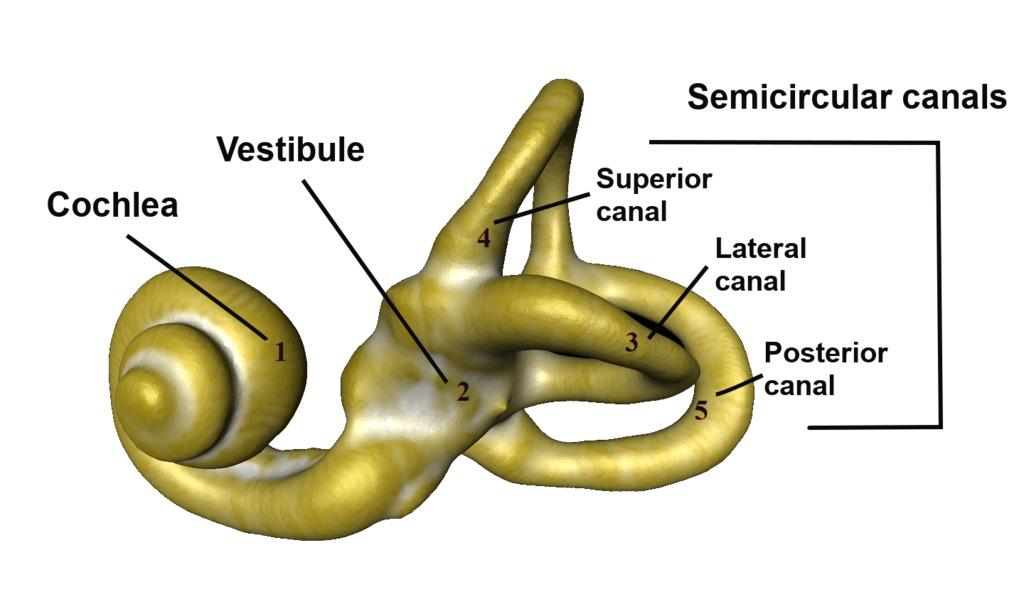
One of the most fascinating correlations discovered in inner ear research is between the size of semicircular canals and an animal’s agility and speed. Larger semicircular canals generally provide enhanced sensitivity to angular movements, allowing for more precise balance control during rapid or complex movements. Studies comparing living animals have shown that species with more active, agile lifestyles typically possess larger semicircular canals relative to their body size than slower-moving relatives. When this principle is applied to dinosaurs, it offers compelling insights into their movement capabilities. For instance, the small predatory dinosaur Velociraptor possessed exceptionally large semicircular canals for its size, suggesting it was capable of quick, agile movements and rapid changes in direction – consistent with its presumed hunting strategy. In contrast, massive sauropods like Diplodocus had relatively smaller canals in proportion to their enormous bodies, aligning with interpretations of them as more deliberate movers that rarely needed to make sudden directional changes. This relationship between canal size and movement style has become a valuable tool for inferring dinosaur behavior from fossil evidence.
The Evolution of Inner Ear Structure in Theropods
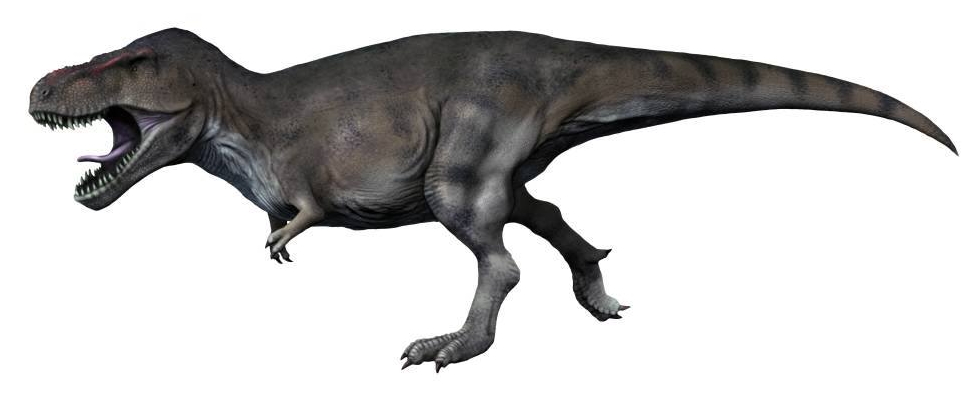
The theropod dinosaur lineage, which includes famous predators like Tyrannosaurus rex and ultimately gave rise to modern birds, shows a fascinating evolutionary trajectory in inner ear morphology. Early theropods possessed inner ear structures somewhat similar to other reptiles, but over millions of years, these structures underwent significant modifications. As theropods evolved toward more bird-like forms, their semicircular canals became progressively larger and more circular, enhancing sensitivity to angular motion. The cochlea also elongated substantially, suggesting improvements in hearing capability, particularly for higher-frequency sounds. This transformation was most pronounced in maniraptoran theropods, the group including dromaeosaurs (like Velociraptor), troodontids, and early birds. The inner ears of these dinosaurs show clear adaptations for increased agility and coordination, with some specimens displaying canal proportions approaching those of modern birds. This evolutionary progression of inner ear anatomy parallels other skeletal changes toward more bird-like characteristics, providing a cohesive picture of how these dinosaurs gradually acquired the specialized sensory capabilities necessary for increasingly sophisticated movements, eventually culminating in powered flight.
Inner Ear Asymmetry and Directional Preference
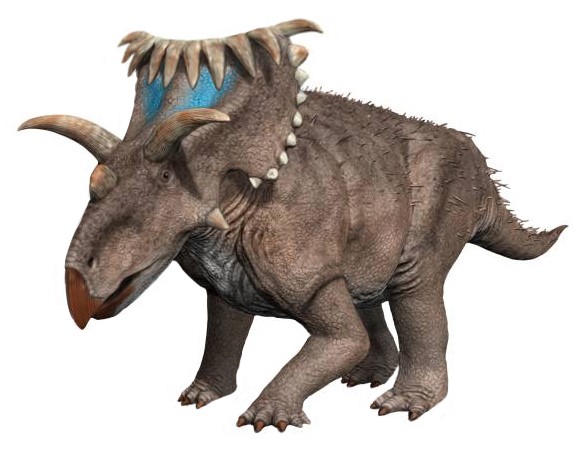
Recent studies of dinosaur inner ears have revealed intriguing asymmetries that may indicate directional preferences in movement. In many vertebrates, including humans, the three semicircular canals aren’t perfectly equal in size – the canal that senses horizontal rotation (the lateral canal) is often larger than the others in animals that make frequent horizontal movements. Some theropod dinosaurs show particularly pronounced asymmetry, with the lateral canal significantly larger than the anterior and posterior canals. This suggests these dinosaurs may have favored quick, horizontal head movements, possibly an adaptation for tracking prey across open landscapes. Other dinosaurs display different patterns of canal asymmetry that might reflect their specific ecological niches and hunting or foraging strategies. For example, some ceratopsians (horned dinosaurs) show enlargement of the vertical canals, potentially indicating enhanced sensitivity to up-and-down head movements while feeding on vegetation at different heights. These subtle variations in canal proportions provide paleontologists with clues about how different dinosaur species may have interacted with their environments in distinctive ways.
Comparing Dinosaurs to Modern Animals

To better understand what dinosaur inner ears reveal about their movement capabilities, scientists frequently make comparisons with living animals whose behaviors can be directly observed. Cheetahs and other fast-running mammals possess proportionally large semicircular canals that provide the enhanced balance sensitivity necessary for high-speed pursuits with rapid directional changes. Birds of prey like falcons, which perform complex aerial maneuvers, have similarly specialized inner ear structures. When dinosaur inner ears are compared against this backdrop of modern analogues, meaningful patterns emerge. The inner ear of Tyrannosaurus rex, for instance, suggests it had better agility than might be expected for its size, though it certainly wasn’t as nimble as smaller predators. Some small theropods show inner ear proportions similar to those of modern coursing predators, supporting interpretations of them as active hunters. Conversely, large herbivorous dinosaurs like hadrosaurs and sauropods have inner ear morphologies more comparable to modern elephants and other slower-moving large herbivores. These comparative analyses help scientists place dinosaur sensory capabilities within a framework of known behavioral correlates.
The Balance Challenges of Bipedalism
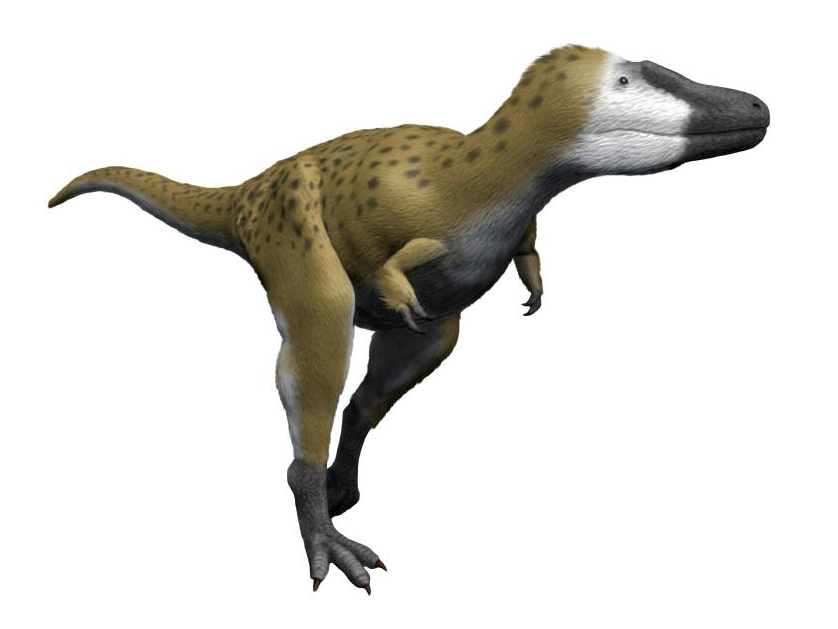
Many dinosaur groups, particularly theropods and ornithopods, adopted bipedal locomotion, walking exclusively on their hind limbs. This posture presented significant balance challenges that required specialized inner ear adaptations. Bipedal movement inherently creates more pitching motions (forward and backward tilting) during running than quadrupedal locomotion, necessitating enhanced sensitivity to these movements. Studies of bipedal dinosaur inner ears reveal adaptations addressing these specific balance requirements, including enlarged anterior semicircular canals that would have provided better detection of pitching movements. The proportions of the semicircular canals in bipedal dinosaurs often differ notably from those of their quadrupedal relatives, with specialized configurations that would have helped maintain stability while running on two legs. These inner ear adaptations worked in concert with other anatomical features like tail counterbalance and specialized hip structures to enable effective bipedal locomotion. The evolution of these balanced-optimized inner ears can be traced through the dinosaur family tree, showing how different lineages solved the complex challenge of upright movement in diverse ways.
Inner Ear Size and the Physics of Balance

The relationship between inner ear size and balance capability is governed by fundamental physical principles that apply across all vertebrate species, including extinct dinosaurs. The semicircular canals function as biological accelerometers, with their sensitivity directly related to their radius of curvature – larger canals can detect smaller angular accelerations. However, this relationship becomes complicated by body size scaling, as larger animals typically move more slowly and experience less extreme angular accelerations than smaller animals. Mathematical models developed by researchers indicate that semicircular canal radius should scale with body mass raised to the power of approximately 0.15 to maintain consistent sensitivity across different body sizes. When dinosaur inner ears are analyzed within this theoretical framework, deviations from expected scaling relationships become particularly meaningful. For example, Tyrannosaurus rex’s semicircular canals are larger than would be predicted based purely on its body size, suggesting enhanced balance sensitivity that might have enabled more agile movements than would be expected for an animal of its enormous proportions. These biophysical approaches help paleontologists move beyond simple comparisons to develop nuanced, quantitatively-supported interpretations of dinosaur movement capabilities.
The Inner Ear of Aquatic and Flying Dinosaurs

Dinosaurs that adapted to specialized locomotion modes, such as swimming or flying, show distinctive modifications in their inner ear anatomy that reflect these lifestyle adaptations. Spinosaurus, with its semi-aquatic lifestyle evidenced by other anatomical features, possesses inner ear characteristics that align with modern crocodilians and other aquatic reptiles, including reduced sensitivity to rapid head movements that would be less necessary in the dampening environment of water. At the opposite extreme, pterosaurs (flying reptiles that lived alongside dinosaurs) and early birds like Archaeopteryx demonstrate dramatic inner ear specializations for flight. Their semicircular canals show extreme enlargement and a more orthogonal arrangement that would have provided enhanced sensitivity to the complex three-dimensional movements experienced during aerial locomotion. The inner ear of Archaeopteryx represents an intermediate stage between terrestrial dinosaurs and modern birds, with some bird-like features but not the full suite of adaptations seen in modern flying species. These specialized inner ear morphologies provide independent confirmation of locomotor adaptations otherwise inferred from skeletal features, strengthening paleontological interpretations of how these remarkable animals moved through their environments.
Inner Ear Development and Growth in Dinosaurs
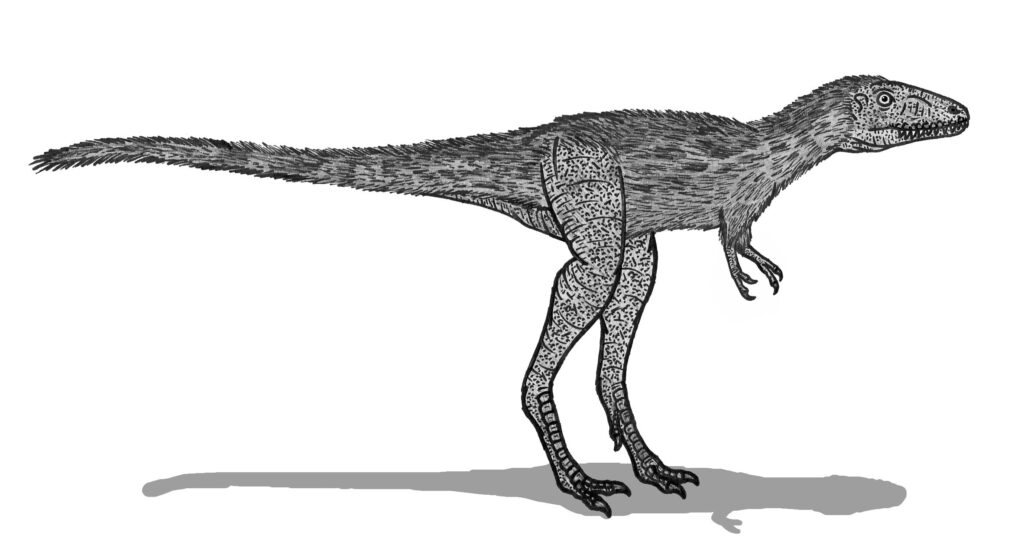
The study of dinosaur inner ears across different growth stages has revealed intriguing patterns about how these sensory structures developed throughout an individual’s life. Unlike many bones that continue growing throughout a dinosaur’s life, the inner ear achieves its adult size relatively early in development. This pattern makes biological sense, as young animals need fully functional balance systems to navigate their environment effectively from a young age. Fossil specimens of juvenile dinosaurs, such as young Tyrannosaurus and Tarbosaurus, show that while their skulls were proportionally smaller than adults, their semicircular canals were nearly adult-sized. This disproportionate development suggests young predatory dinosaurs may have been more agile than adults relative to their body size, potentially specializing in catching different prey. Growth series studies of dinosaur inner ears also reveal that some features, like the degree of canal curvature or cochlear length, changed subtly during maturation. These ontogenetic changes in inner ear morphology provide valuable insights into how dinosaur sensory capabilities may have shifted throughout their lifespan, potentially reflecting changing ecological roles from juvenile to adult stages.
Limitations and Challenges in Inner Ear Studies

Despite the valuable insights provided by dinosaur inner ear studies, researchers face significant limitations and challenges in this field. Preservation quality varies substantially among fossil specimens, with some inner ear structures being distorted or incompletely fossilized. The soft tissues that once filled the bony labyrinth, including the membranous labyrinth and sensory hair cells, are never preserved, forcing scientists to infer function from the bony structure alone. Additionally, while correlations between inner ear anatomy and movement capabilities are strong in living animals, applying these relationships to extinct species introduces unavoidable uncertainties. Dinosaurs may have had neural adaptations or other compensatory mechanisms that aren’t reflected in the bony labyrinth. Sample size presents another challenge, as some dinosaur species are known from only a handful of specimens, making it difficult to account for individual variation or potential sexual dimorphism in inner ear structure. Researchers must carefully acknowledge these limitations while continuing to refine their methods and interpretations based on the most comprehensive datasets available and the strongest correlates observed in modern animals.
Future Directions in Dinosaur Inner Ear Research

The field of dinosaur inner ear research continues to evolve rapidly, with several promising directions for future studies. Advances in imaging technology, particularly micro-CT scanning with increasingly higher resolution, will allow for even more detailed examinations of these delicate structures. Machine learning approaches are beginning to be applied to large datasets of inner ear measurements, potentially revealing subtle patterns that might not be apparent through traditional statistical methods. Biomechanical modeling is another frontier, with researchers developing sophisticated computer simulations that can test how different inner ear configurations would respond to various movement patterns. These models could help determine the precise balance sensitivity and maneuverability of different dinosaur species. Integration of inner ear data with other lines of evidence, such as muscle attachment sites, limb proportions, and trackway evidence, promises to create more comprehensive and nuanced reconstructions of dinosaur movement capabilities. Expanding the taxonomic scope of inner ear studies to include more obscure dinosaur groups and their relatives will provide a more complete picture of how balance adaptations evolved across the entire dinosaur family tree, potentially revealing unexpected patterns in how these remarkable animals navigated their prehistoric world.
In conclusion, the study of dinosaur inner ears has emerged as a powerful approach for understanding these extinct creatures’ movement capabilities and behaviors. From the nimble predatory maneuvers of small theropods to the deliberate movements of massive sauropods, inner ear anatomy provides a window into how dinosaurs interacted with their environments. These small but sophisticated sensory organs offer independent confirmation of locomotor abilities otherwise inferred from skeletal anatomy, strengthening our understanding of dinosaur paleobiology. As technology advances and more specimens are analyzed, our picture of dinosaur movements becomes increasingly refined, moving beyond speculation toward quantitatively-supported reconstructions. While challenges remain in interpreting these ancient structures, the inner ear continues to reveal new insights into the dynamic lives of some of the most fascinating animals ever to walk the Earth. Through this research, dinosaurs transform from static skeletons to living, moving creatures in our scientific understanding—their inner ears telling silent but eloquent stories about how they balanced, turned, accelerated, and navigated through their Mesozoic world.

